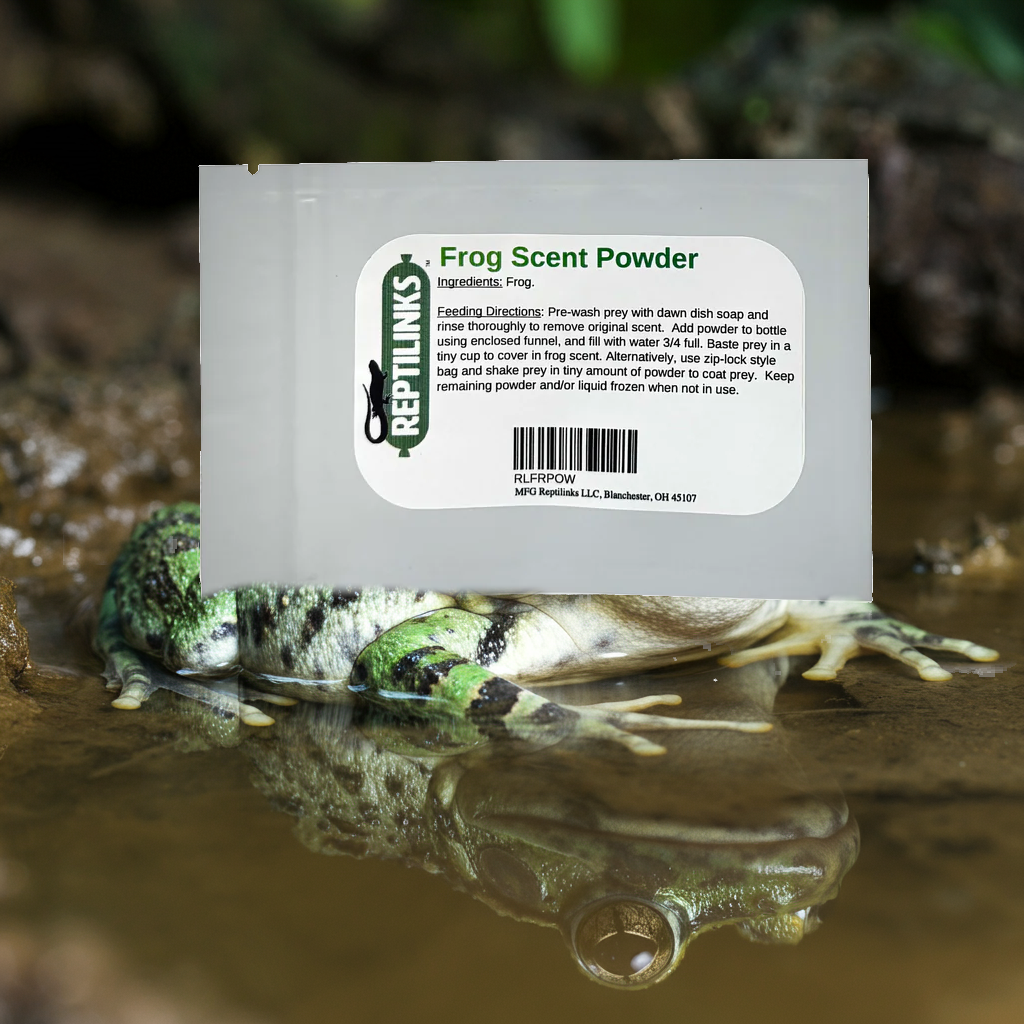The diversity of wild reptiles is facing a significant decline due to various factors. This article explores the impact of habitat destruction and illegal wildlife trade on reptile populations. By understanding these threats, we can work towards conservation efforts to protect these unique and important creatures.
Before the article, the crew at Resolve Reptiles asks that you visit our recommendations where you will find links to The Orianne Society and the Reptile Preservation Institute. Both organizations are committed to the preservation of reptiles.
Key Takeaways
- Habitat destruction, such as deforestation and urbanization, is leading to a decline in reptile species.
- Climate change is affecting reptile habitats and contributing to their loss of diversity.
- Illegal wildlife trade, including poaching and the pet trade, is a major threat to reptile populations.
- The reptile skin trade has significant consequences for wild populations.
- Conservation efforts are crucial to protect and preserve the diversity of wild reptiles.
The Impact of Habitat Destruction on Reptile Diversity
Deforestation and its Effects on Reptile Populations
Deforestation has had a significant impact on reptile populations. The loss of forest habitat has led to a decline in the number of reptile species. This is particularly concerning as reptiles play a crucial role in maintaining the balance of ecosystems. Without their presence, the ecosystem may become imbalanced, leading to negative consequences for other species. Additionally, deforestation disrupts the natural breeding and nesting grounds of reptiles, further contributing to their decline.
Urbanization and the Decline of Reptile Species
Urbanization has had a significant impact on reptile populations. As cities expand and natural habitats are destroyed, reptiles are losing their homes and struggling to survive. The increase in concrete and buildings leaves little room for reptiles to find suitable habitats. This loss of habitat has led to a decline in reptile species.
Climate Change and its Impact on Reptile Habitats
Climate change poses a significant threat to the habitats of reptiles. Rising temperatures and changing weather patterns can disrupt the delicate balance of ecosystems, leading to a decline in reptile populations. Virus outbreaks are also a concern, as warmer temperatures can create favorable conditions for the spread of diseases. Additionally, the loss of suitable habitats due to climate change forces reptiles to migrate or adapt to new environments, which can be challenging for many species. It is crucial to address climate change and implement measures to mitigate its impact on reptile habitats.
The Role of Illegal Wildlife Trade in Reptile Decline

The Devastating Effects of Poaching on Reptile Populations
Poaching poses a significant threat to reptile populations. The illegal hunting and capturing of reptiles for various purposes, such as the pet trade and the skin trade, has led to a decline in their numbers. This has serious consequences for the overall diversity and balance of ecosystems. Reptiles play important roles in maintaining a healthy environment for reptiles by controlling pest populations and contributing to nutrient cycling. The loss of reptiles due to poaching disrupts these ecological processes and can have cascading effects on other species.
The Consequences of Illegal Reptile Pet Trade
The illegal reptile pet trade has severe consequences for reptile populations. It contributes to the decline of various reptile species and disrupts their natural habitats. This illicit trade involves capturing reptiles from the wild and selling them as pets, often without proper care or consideration for their well-being. The demand for exotic reptiles as pets drives this trade, leading to the exploitation and depletion of wild populations. Additionally, the illegal pet trade can introduce non-native species into new environments, posing a threat to local ecosystems and biodiversity.
The Impact of Reptile Skin Trade on Wild Populations
The reptile skin trade has had devastating effects on wild populations. Reptiles are often hunted and killed for their skins, which are then used to make various products. This illegal trade has led to a significant decline in reptile populations around the world. The demand for reptile skins, especially those of exotic species, has fueled the poaching of these animals. As a result, many reptile species are now endangered or critically endangered. The loss of these species has a negative impact on ecosystems as they play important roles in maintaining biodiversity and ecological balance.
Frequently Asked Questions
What is the main cause of reptile diversity loss?
The main cause of reptile diversity loss is habitat destruction, particularly through deforestation, urbanization, and climate change.
How does deforestation affect reptile populations?
Deforestation leads to the loss of natural habitats for reptiles, resulting in a decline in their populations.
What is the impact of urbanization on reptile species?
Urbanization destroys reptile habitats and disrupts their natural ecosystems, leading to a decline in reptile species.
How does climate change affect reptile habitats?
Climate change alters temperature and precipitation patterns, affecting reptile habitats and their ability to survive and reproduce.
What are the devastating effects of poaching on reptile populations?
Poaching for reptiles leads to a significant decline in their populations, pushing many species towards extinction.
What are the consequences of the illegal reptile pet trade?
The illegal reptile pet trade contributes to the decline of wild reptile populations, as it involves capturing and selling reptiles without proper regulation.






Comments